What to do if you get your Period on Race Day: Essential Tips for Female Athletes
 Karen Parnell
August 22, 2022
Karen Parnell
August 22, 2022
What to do if you get your Period on Race Day: A Guide for Athletes and Triathletes
No matter how well you plan, you might wake up on race day to find that your period has started. Stress and nerves can sometimes trigger menstruation earlier than expected, which can catch you off guard. If you feel well enough and aren’t experiencing severe pain, you can still participate in the race, but there are practical considerations to keep in mind.
Here are some tips, based on my own experience and that of my athletes, that might help if this happens to you.
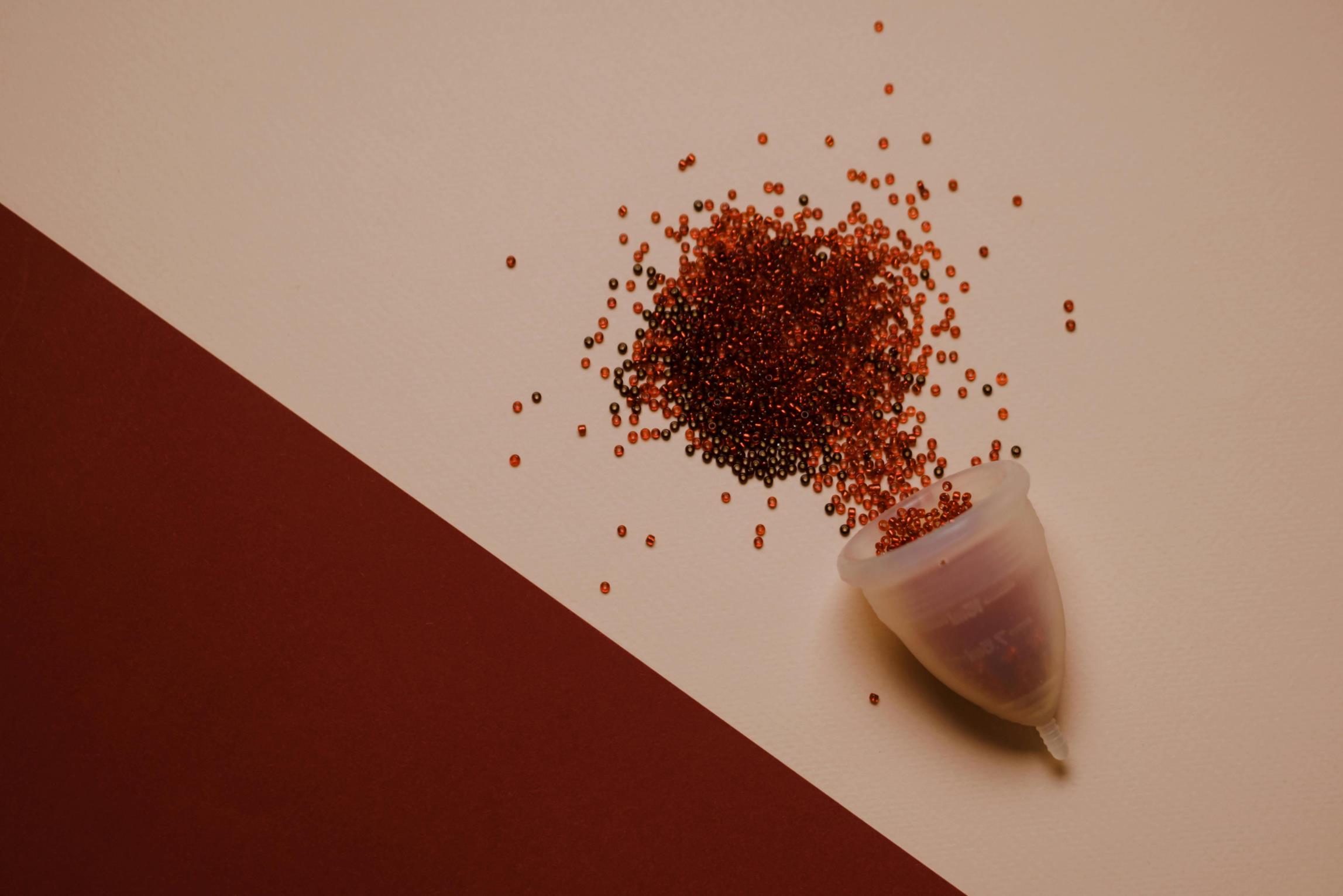
Photo by Polina Kovaleva:
Get you FREE Training Resources
What happens to your body during your period?
Menstruation happens during your early follicular phase. As you can see from the graph oestrogen, progesterone, follicle stimulating hormone and luteinising hormone are all low. Studies have shown in this phase your body responds well to strength training to competing should not be impacted. However, this needs to be tempered by how much pain your feel during your period, your mood, your fatigue levels and flow rate. Some athletes experience more muscle cramping over and above abdominal pain so this needs to be managed.
During this time, you may need to increase your intake of Iron, Omega 3, Magnesium, Potassium, B Vitamins, Calcium and drink more fluids, but more about that later.
With a lower level of hormones during the first phase of your menstrual cycle, your body is primed to maximize hard training efforts. This means your body is better able to access stored carbohydrates, making this an ideal time for high-intensity training.
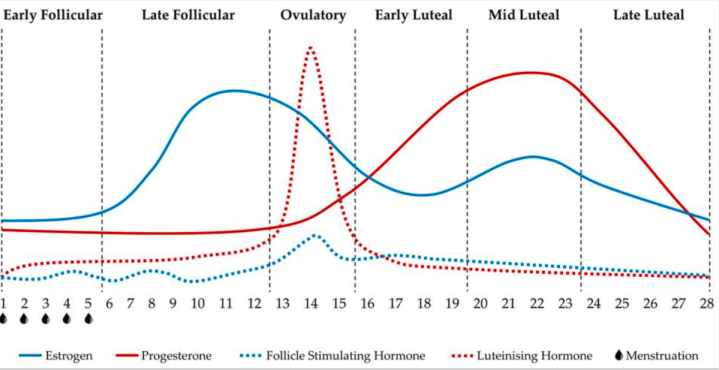
The menstrual cycle phases
Pain Killers and Periods
If you suffer from severe cramps during your period, you may decide not to race, and this is a personal choice, and all athletes have different symptoms. If you find pain killers work for your then time these well so they are optimal during your race.
Selecting the right painkiller is a combination of what works for you, what products are allowed during your training and race (anti-doping) and how they will affect your performance. It’s common for women to take NSAIDs for menstrual cramps but this may not be the right thing on race day.
NSAIDs are nonsteroidal anti-inflammatory drugs. These include aspirin, ibuprofen (Advil and Motrin), naproxen sodium (Aleve), and ketoprofen (Orudis KT). NSAIDs prevent the body from manufacturing prostaglandins. Prostaglandins are substances produced naturally by the body that acts as mediators for a variety of physiologic functions including protecting the stomach lining and regulating blood pressure. They also mediate pain and inflammation.
NSAIDs block all prostaglandins; those that cause pain as well as those that protect the stomach lining. Therefore, taking NSAIDs can sometimes cause stomach upset or gastrointestinal (GI) bleeding. The risk of stomach irritation or GI bleeding increases with long-term use of NSAIDs.
Further studies have cautioned that the use of NSAIDs during ultra-distance exercise, such as an Ironman Triathlon, is associated with an increased risk of exertional hyponatremia.
Hypernatremia is a high concentration of sodium in the blood. Early symptoms may include a strong feeling of thirst, weakness, nausea, and loss of appetite. Severe symptoms include confusion, muscle twitching, and bleeding in or around the brain.
Researchers believe that this effect is likely due to altered renal (kidney) function. So, if you get dehydrated more during your period then NSAIDs are not advised.
You could also try paracetamol, but studies have shown that it does not reduce pain as well as ibuprofen or aspirin. Medicines combining 500 mg of paracetamol plus 65 mg of caffeine are more effective for menstrual pain than paracetamol alone.
Before resorting to self-prescribed painkillers, seek advice from a doctor and explain what you are training for. It’s worth having the specific discussion with your doctor before a big race day around pain killers, your period and what is safe on race day should this happen.
NOTE: Age Group (AG) athletes can be tested at races so remember to check any medications and supplements before taking them. Do not take anything that is on the banned list and remember non-batch tested supplements could be contaminated with banned substances. You can check medications at Global DRO and supplements at Informed Sport.
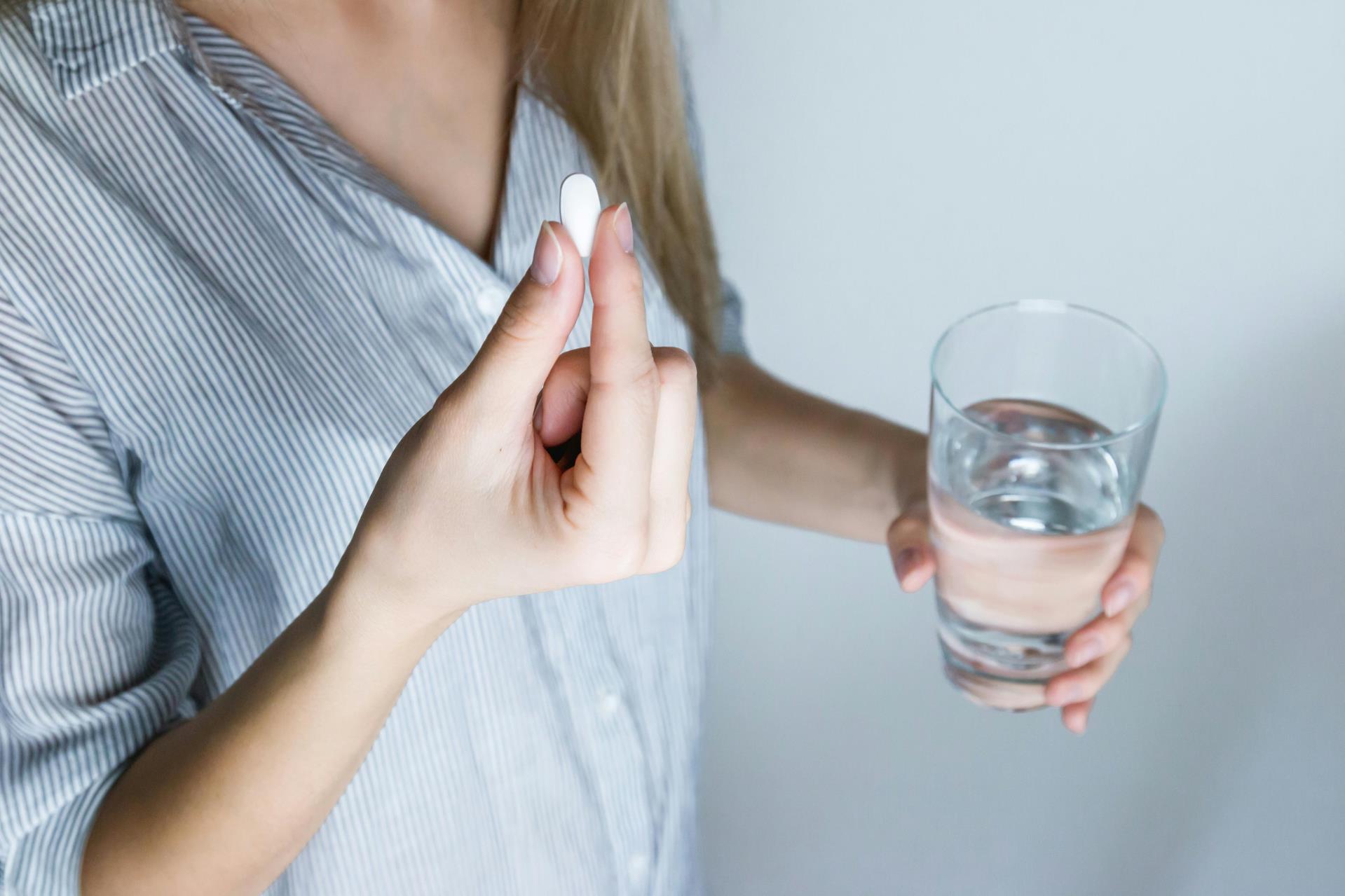
Photo by JESHOOTS.com
Get you FREE Training Resources
Hydration and Nutrition when on you Period
Considering the amount of blood that is lost during menstruation, women are more likely to become anaemic than men. Anaemia occurs when there are fewer-than-average circulating red blood cells and lower-than-average haemoglobin levels.
Haemoglobin is the iron-containing oxygen-transport molecule in red blood cells. Iron attaches to circulating oxygen and, in iron's absence, haemoglobin function and oxygen transport throughout the body fail.
Anaemia symptoms include lethargy, weakness, pale skin, and nausea. Women need about 18 milligrams of iron daily, as approximately one milligram of iron is lost for every day of menstruation. Your consumption of folate and vitamin B-12 is also necessary for the release of mature, healthy red blood cells. Increasing your daily intake of iron, folate and vitamin B-12 will help improve your energy levels.
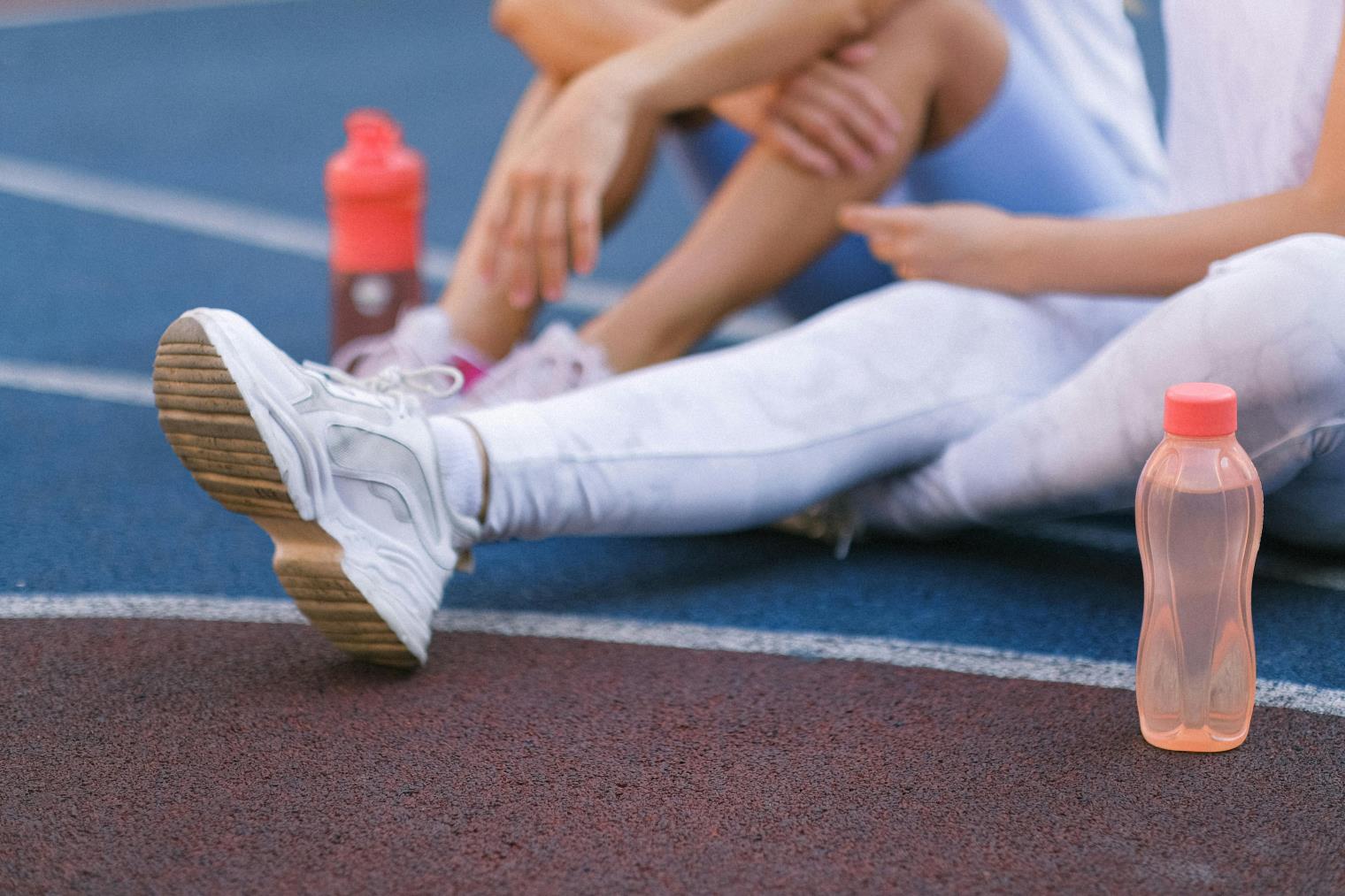
Photo by Anna Shvets:
Get you FREE Training Resources
What food has Iron?
There are two types of iron in food: Haem iron and Non-Haem iron. Haem iron is more easily absorbed in the body compared to non-haem iron. As seen below, haem is primarily found in meat and fish, whilst non-haem is largely derived from plant sources, meaning we absorb more iron from meat and fish than we do from plant sources. This is particularly important if any of your female clients are vegetarians as they have an increased risk of an iron deficiency.
Haem Iron (Animal foods)
Meat: Beef, Pork, Poultry, Lamb, Duck, Venison, Liver, Kidney
Seafood: Mackerel, Trout, Bass, Tuna, Sardines , Oysters, Shrimp, Clams, Scallops, Crab
Non-Haem Iron (Plant foods)
Tofu: Extra firm has more iron than soft, medium, or firm tofu
Legumes: lentils, chickpeas, black-eyed peas, split peas, black beans, baked beans, pinto beans, kidney beans, soybeans, hummus
Nuts / Seeds & Nut butters: Almonds, Cashews, Hazelnuts, Pistachios, Soy nuts, pumpkin, sunflower, sesame
Grain products: Fortified cereals, pasta, oats
Soy products: Fortified soy beverage, soy yoghurt, tempeh
Vegetables: cooked spinach, asparagus, beets
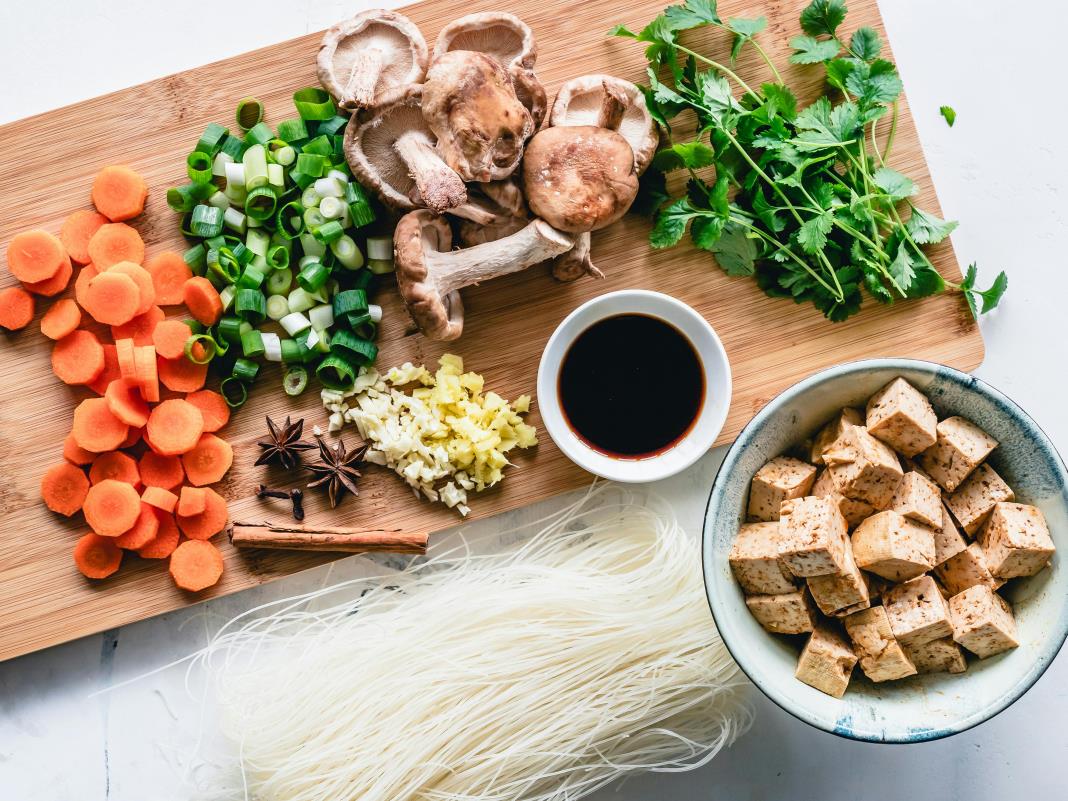
Photo by Ella Olsson
Get you FREE Training Resources
What can you do to enhance iron absorption?
Here are some examples of Iron Absorption Boosters.
1. Pair iron sources with a source of vitamin C.
- Eat pasta with tomato sauce
- Add peppers to chickpea / lentil dishes
- Have 1 glass of orange juice with breakfast cereal / porridge / egg dish
2. Animal protein (meat, fish, poultry) helps increase absorption of non-haem iron.
- Add lentils to Bolognese
- Have wholegrain pasta with chicken
Iron Absorption Blockers
Tea and coffee contain “tannins” which reduce the absorption of iron. Try and avoid having tea or coffee within 1 hour around mealtime. Inhibiting the absorption of Iron can also make your feel more fatigued.
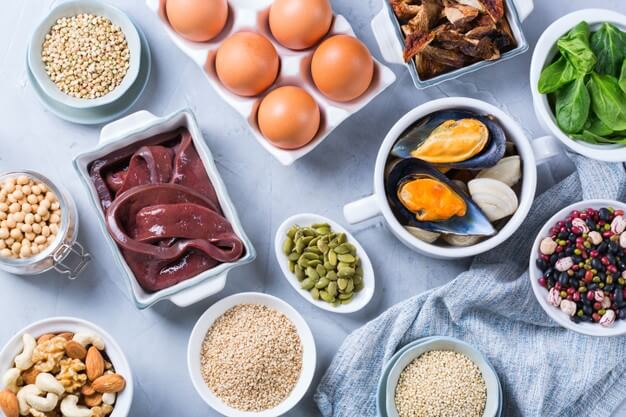
Get you FREE Training Resources
The Week Before your Period
You will have heard about pre-hab which is the practice of doing certain exercises and interventions to prevent injury, the same applies to managing your period symptoms.
Fluid retention is common in the days leading up to a period because certain hormones cause the body to hold salt. Limit the amount of salt in your diet by choosing low salt snack foods, soups and sauces. Try not to add salt to food at the table and avoid eating too many high processed foods. Foods at restaurants usually have more salt than you would include at home, so try not to eat out too often.
Reduce your intake of fat, caffeine, and alcohol. Moderation of these foods is healthy in the long term and for management of premenstrual syndrome (PMS).
Be sure you are getting your required levels of calcium by having at least 3 servings of dairy per day (1 serving = 1 cup milk or calcium-fortified beverage or yogurt).
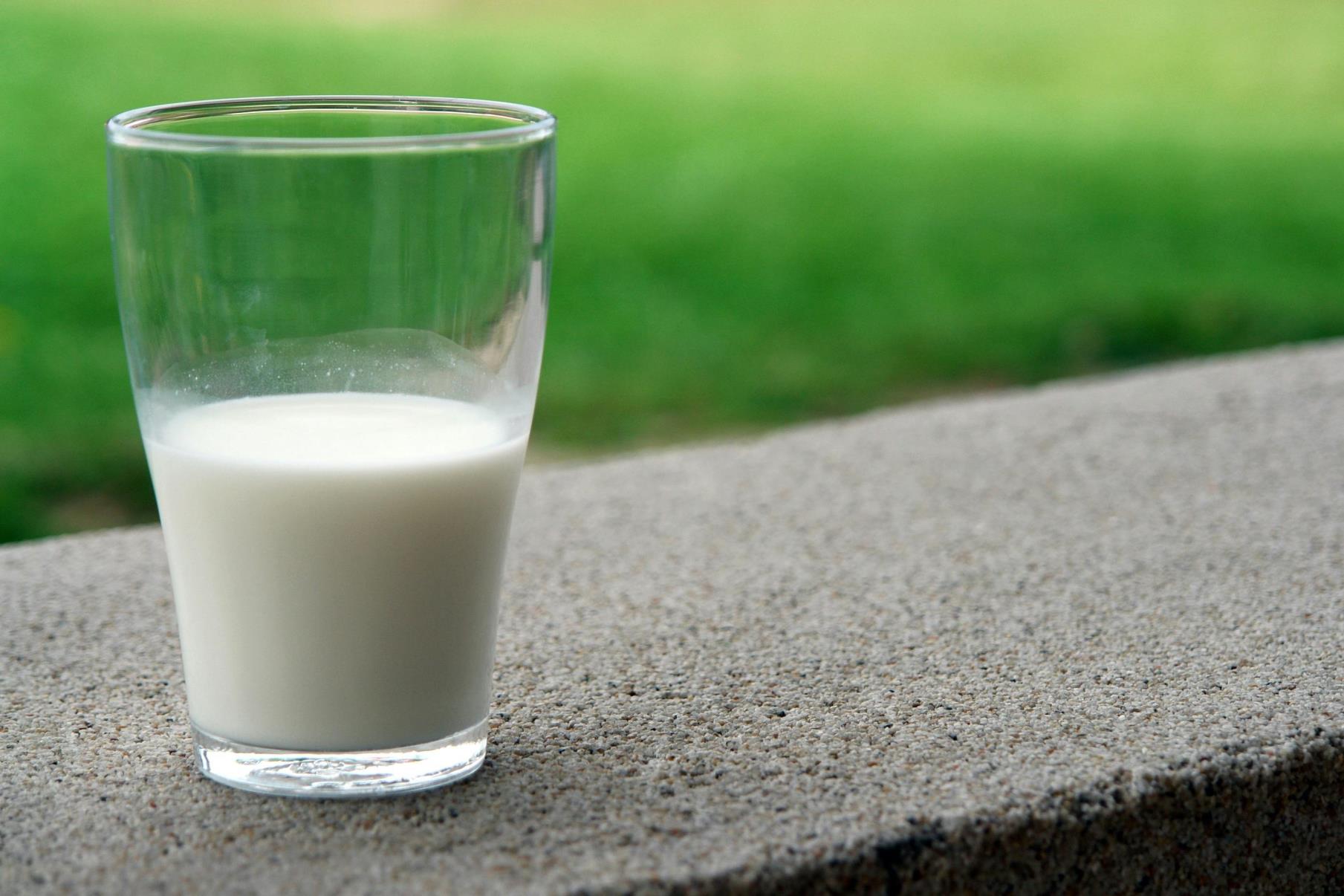
Get you FREE Training Resources
Other common symptoms of PMS include moodiness, fatigue and constipation. Make sure you have a fibre-rich diet by eating lots of fruits, vegetables and high fibre breads, cereals, and whole grains. Aim for at least 6 servings of fruits and vegetables per day.
Stay hydrated by drinking enough water to keep your urine pale in colour.
Keep training as you are able and get at least 9 hours of uninterrupted sleep at night the week leading up to your race. If you’re expecting your period to coincide with race day, consider increasing your sleep time in the week leading up to the race and even cancelling workouts if needed. You will be in a taper week so taking extra rest is fine.
Fuel adequately in the week before your period. Female athletes need to be consuming up to 300 extra calories per day during the luteal phase.
Try not to limit your food intake the week before your period. Particularly focus on eating before all training sessions and refuelling with both carbs and protein within 30 minutes after all training sessions, to ensure you don’t go into your period malnourished and fatigued.
If cramping is an issue for you, focus on magnesium and omega 3 rich foods and good quality supplements in the lead up and during your period. They help reduce inflammation and prostaglandins, which cause period pain, and help relax the muscles of the uterus. Evidence has found that supplementing 400 milligrams of magnesium oxide, taken in conjunction with 1 gram of Omega 3 fatty acids, can reduce the severity of cramping.
If you have heavy bleeding* I highly recommend you work with a medical practitioner to help you understand why this is happening and also get your iron levels tested. It is likely you will be deficient in iron which will cause you to feel lethargic during your period and may increase your period flow.
*Heavy bleeding is considered a loss of more than 80ml of blood during your whole period. A regular tampon holds about 5 ml of blood, so this equates to 10 fully soaked regular tampons throughout your whole period. If you lose more blood than this than it is considered a heavy period.
Magnesium Rich Foods
Dark green leafy veg, raw cacao powder or cacao nibs, avocados, nuts, legumes, tofu, seeds and bananas.
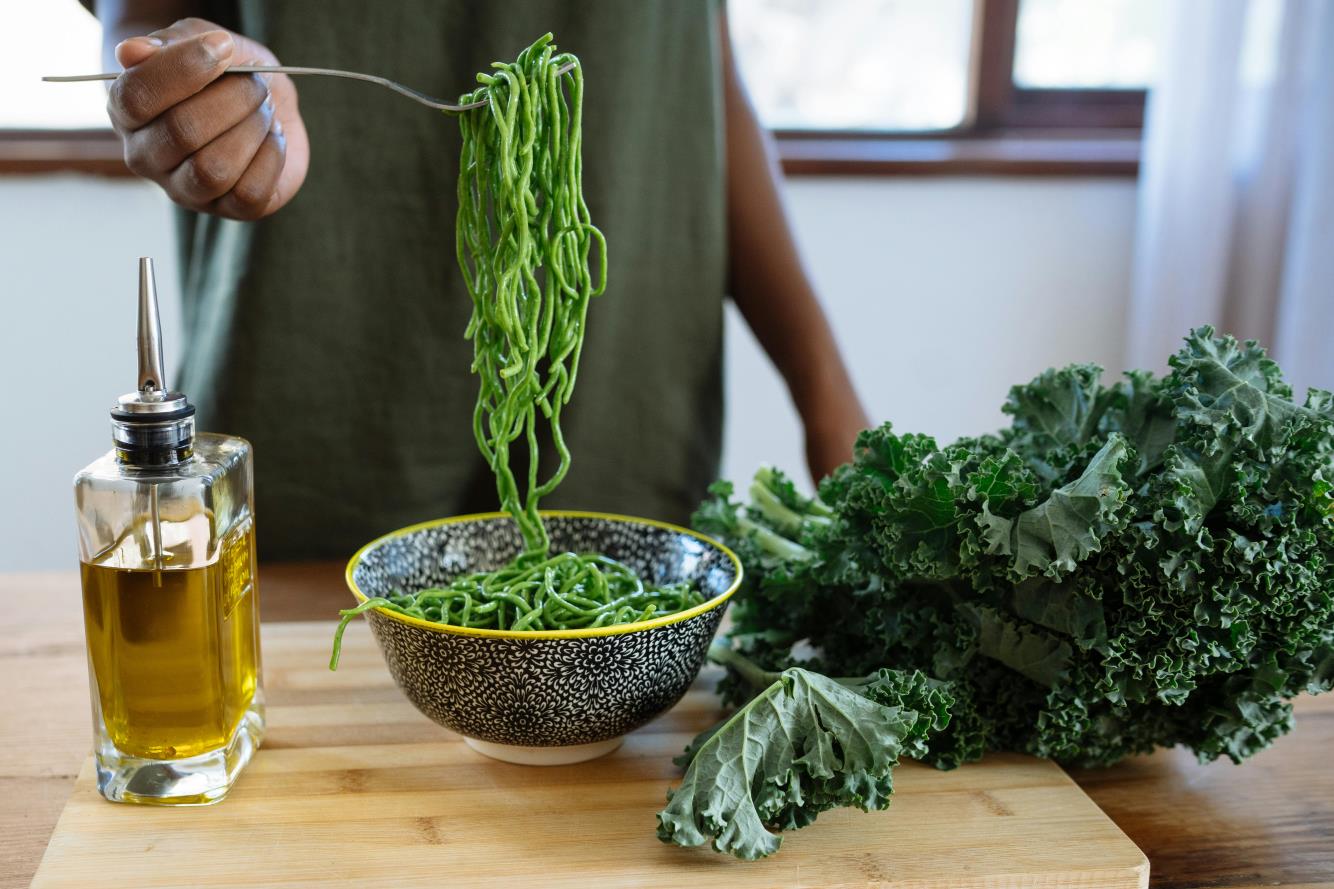
Photo by RF._.studio
Get you FREE Training Resources
Omega 3 Rich Foods
Salmon, trout, mackerel, flax seeds, chai seeds, walnuts and soybeans
If you do use supplements to increase your Magnesium, Omega 3, B Vitamins, Iron and check that they are safe for athletes here:
https://sport.wetestyoutrust.com/
Hydration on Race Day during your Period
It’s extremely important to keep on top of your fluid intake on race day. This includes water and electrolyte drinks. Some athletes experience muscle cramping on top of abdominal cramps due to lack of electrolytes so you may need more on race day.
Muscle cramps happen when your muscles tense up and you can’t relax them. While painful, usually you can treat them yourself. Exercise, dehydration, and menstruation are common causes. One way to stop cramps is to stretch or massage your muscles and to eat enough of these key nutrients: potassium, sodium, calcium, and magnesium. They’re called electrolytes, and you can find them in the following foods in the lead up to race day.
Bananas (Potassium, Magnesium & Calcium), Sweet Potatoes (potassium, calcium, and magnesium), Avocado (Potassium, Beans and Lentils (Potassium) and Pickle Juice.
You can also use an electrolyte drink on race day and it’s worth reading the label to see if it contains potassium, sodium, calcium and magnesium. Coconut water is a great natural way of topping up your electrolytes.
There are also products on the market that claim to help with cramps such as CrampFix.
If you want to be a bit more scientific with your hydration requirements on race day you could to a sweat test during your period during training before race day under race conditions (heat and humidity).

Get you FREE Training Resources
What to wear during the Swim, Bike and Run
Whilst you are swimming the water pressure can decrease your flow or stop it completely so this is worth bearing in mind and during training see how the water affects you. There are a few options when choosing the right period product and you should select the one that works for you as everyone is different.
If you use tampons, then ensure that you wear them during training to see if they are comfortable during swimming bearing in mind the water may stop your flow during the swim leg.
On the bike if you are bent over on tri-bars then make sure the tampon brand and size works for your and try this on the run as well.
Fluid collection methods are a personal choice that depends on a variety of factors. Pads may not be practical as they will get very wet during the swim and become ineffective. For longer events you may be able to use one on the bike and run by adding one after the swim but it’s worth checking to see if this is practical for your race.
An Intravaginal cup may be an option and can be a more effective method than pads. Ruby Cup say their customers use menstrual cups for both low and high-impact sports.
During longer-distance events, you may need to change your tampon. To minimize the risk of bacterial infection, use a tampon with an applicator as well as applying hand sanitizer before and after changing.
As with all triathlon kit you must try it out during training and not race day!
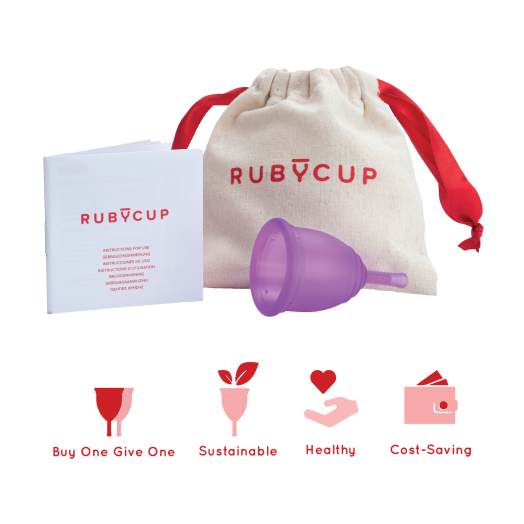
Get you FREE Training Resources
Tracking Your Period
It’s worth considering tracking your periods and making notes of your symptoms, flow, time frame and how this affects your training. Also testing if tampons, cup or pads are best for you. You can do this tracking manually or via an App.
You can read more about training during your period and menstruation tracking Apps here.
After your Race
Once you have crossed the finish line then it’s worth keeping on top of your hydration, electrolytes and protein to ensure your recover and repair well. Stretch out well as you would normally do to keep muscle cramps at bay and can help reduce Delayed Onset Muscle Soreness (DOMS). You may find that your flow has stopped but this will re-start and may indicate you are dehydrated to make sure you heed this warning sign and take on some hydration.
You can get a massage which can aid in fighting off the menstrual pain, it does increase blood flow which means a massage may increase your menstrual flow for a day after the massage; keep in mind, however, the increase in blood flow also has positive effects on menstruation. Increased blood flow may reduce cramps and back pain. Make sure you are well hydrated before your massage and let the massage therapist know you are menstruating.
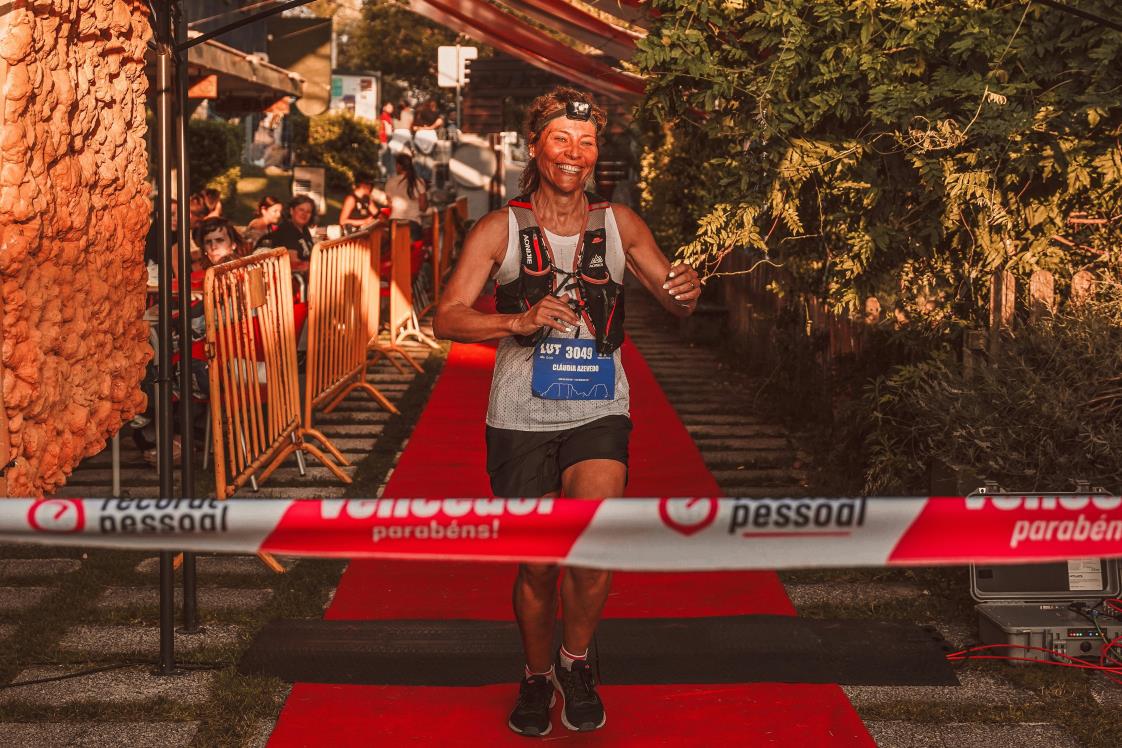
Photo by RUN 4 FFWPU
Get you FREE Training Resources
Conclusion: Periods, Training and Racing
I hope you have found this guide useful in preparing for race day, even when your period arrives unexpectedly. The key to managing your period during a race lies in planning, understanding your body, and making informed choices about pain management, nutrition, and hydration.
Every athlete's experience with menstruation is unique, so it's essential to listen to your body and tailor your approach accordingly.
By being proactive and staying prepared, you can ensure that your period doesn’t stand in the way of your performance.
If you have any tips or personal experiences to share, please reach out so we can continue to support and empower each other in our athletic journeys
I hope you have found this useful and it helps you if you have your period on race day. If you have any advice you would like to share with fellow athletes about racing during your period please get in touch and I will add your experience and give you a name check.
Get some FREE resources including training plans here Chili Tri
Karen Parnell is a Level 3 British Triathlon and IRONMAN Certified Coach, 8020 Endurance Certified Coach, WOWSA Level 3 open water swimming coach and NASM Personal Trainer and Sports Technology Writer.
Karen is currently studying for an MSc in Sports Performance Coaching at the University of Stirling.
Need a training plan? I have plans on TrainingPeaks and FinalSurge:
I also coach a very small number of athletes one to one for all triathlon and multi-sport distances, open water swimming events and running races, email me for details and availability. Karen.parnell@chilitri.com
Get your FREE Guide to Running Speed and Technique
Get your FREE Swim Workouts for Triathletes E-book
Get your FREE Open Water Swimming Sessions E-Book
FAQ: What to do if you have a period on triathlon race day
What should I do if I have my period on triathlon race day?
Having your period on race day can be inconvenient, but with proper planning and preparation, it doesn't have to hinder your performance. Here are some steps you can take:
- Be prepared: Pack a sufficient supply of menstrual products, such as tampons, pads, or menstrual cups, in your race bag. Consider carrying extra supplies in case of emergencies.
- Choose the right product: Select a menstrual product that provides you with the necessary comfort, protection, and ease of use during the race. Consider your personal preferences and the duration of your race when making your choice.
- Wear suitable clothing: Opt for moisture-wicking and quick-drying fabrics that help manage sweat and keep you comfortable during the race. Consider wearing dark-coloured bottoms or shorts to minimize any potential visibility of menstrual flow.
- Use backup protection: If you're concerned about leaks during the swim portion of the triathlon, you can wear a tampon or menstrual cup combined with a panty liner or a thin pad for added protection.
- Plan for bathroom breaks: Familiarize yourself with the racecourse and locate the bathroom facilities along the route. Plan your bathroom breaks strategically to accommodate changing your menstrual product if needed.
- Stay hydrated: Drinking enough water is important during a triathlon, including when you're on your period. Proper hydration can help alleviate cramps and keep your energy levels up.
- Listen to your body: Pay attention to how your body is feeling and adjust your pace or intensity if necessary. It's normal to experience some discomfort or fatigue during your period, so be kind to yourself and prioritize self-care.
- Communicate with race officials: If you require additional support or have any concerns, don't hesitate to reach out to race officials or volunteers. They can provide guidance and assistance if needed.
- Focus on self-care afterward: Once the race is over, take time to rest, recover, and attend to your menstrual needs. Change into clean and comfortable clothing and ensure you have access to proper facilities for menstrual hygiene.
Remember, every person's experience with their period is unique, so it's important to find what works best for you. It may be helpful to practice your race-day routine during training to ensure you're comfortable and confident on race day.
Get you FREE Training Resources
References
https://www.verywellfit.com/risks-of-ibuprofen-before-athletic-exercise-3120492
https://www.ed.ac.uk/centre-reproductive-health/hope/menstruation-and-nutrition
https://www.ncbi.nlm.nih.gov/pmc/articles/PMC7916245/
https://sportmedbc.com/article/nutrition-tips-menstruation
The Best Menstrual Cup for Sports Enthusiasts and Athletes (rubycup.com)
https://www.webmd.com/pain-management/ss/slideshow-muscle-cramps-foods
#traithlontrainingplans #runningtrainingplans #swimmingtrainingplans #traithlon #femalecoach #femaletriathloncoach
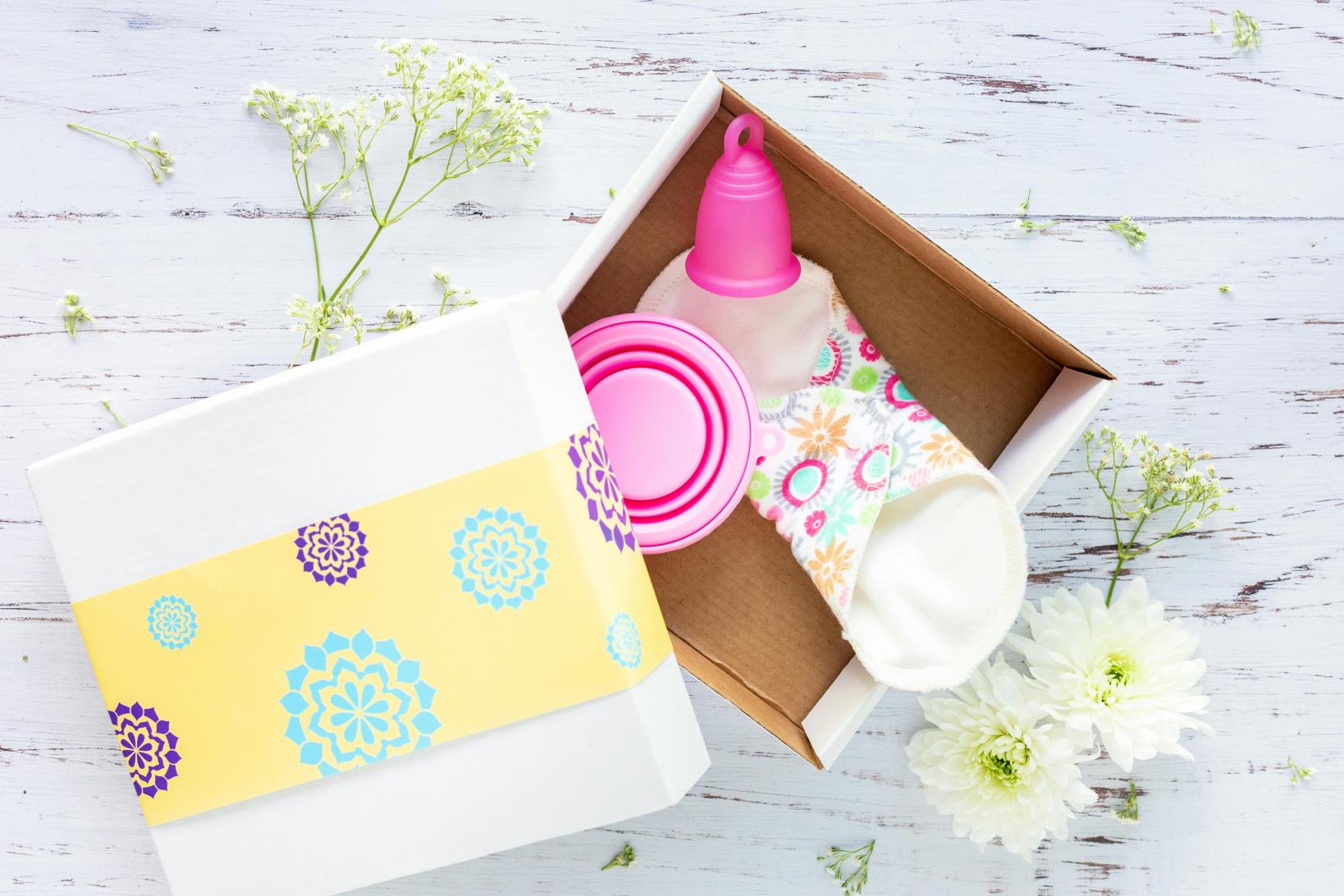
Photo by Vanessa Ramirez

